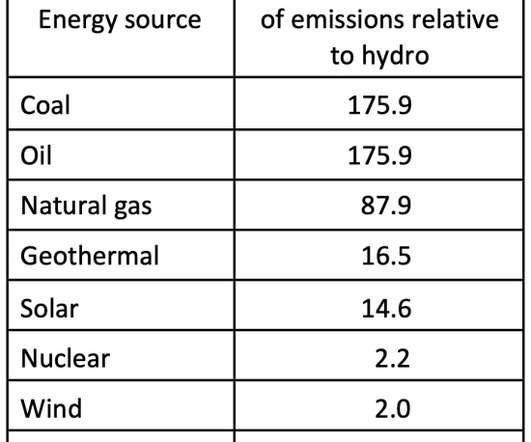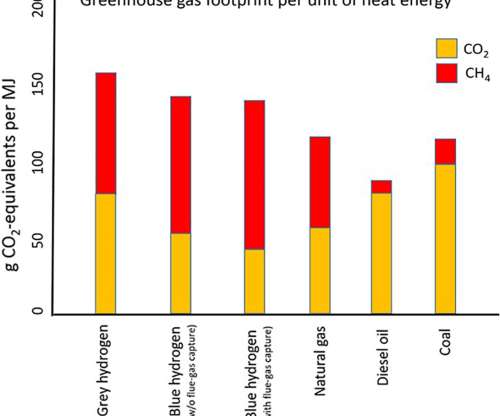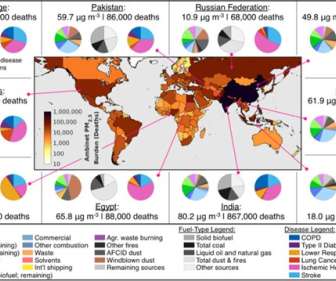As states use less coal for electricity, driving electric vehicles becomes even cleaner
Green Car Congress
APRIL 13, 2020
The calculated relative amounts of well-to-wheels emissions of greenhouse gases from eight different energy sources are shown in the table below. These results indicate that coal and oil are the energy sources leading to most emissions, and that hydro, wind, and nuclear are the energy sources leading to least emissions.








































Let's personalize your content